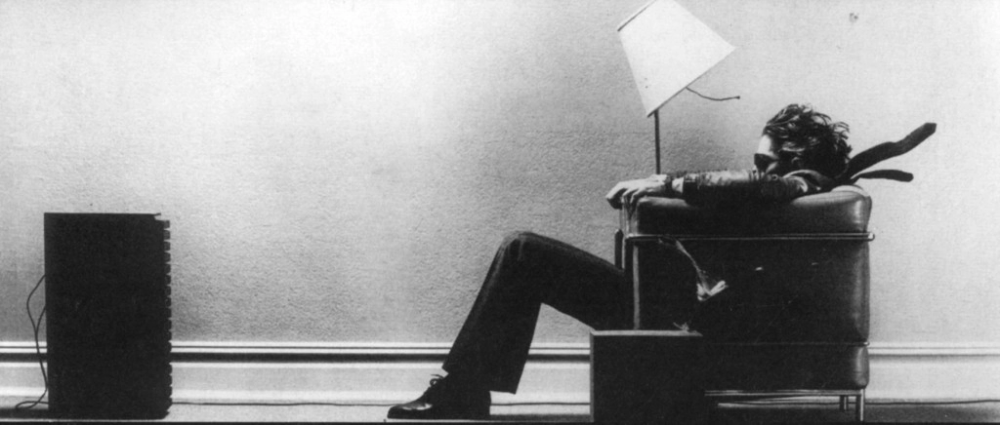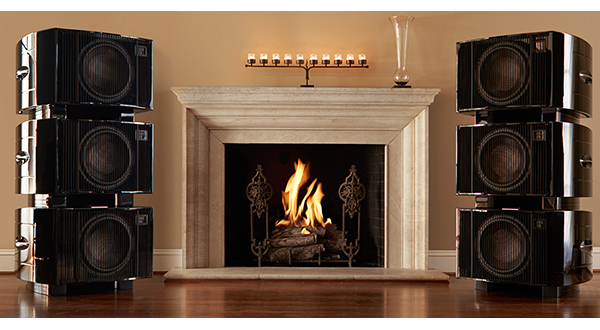Neil P
pfm Member
I'd like to add a sub to my AV/stereo system, simultaneously supporting both front channels and providing LFE. Can subs ever "overpower" the room, or is it just a case of turning them down a bit? The model I've got my eye on is 15" 1000w... My room is 6x4m. My previous sub was 12" 500w but couldn't simultaneously do life and hi-level input, so I sold that to fund the upgrade.




